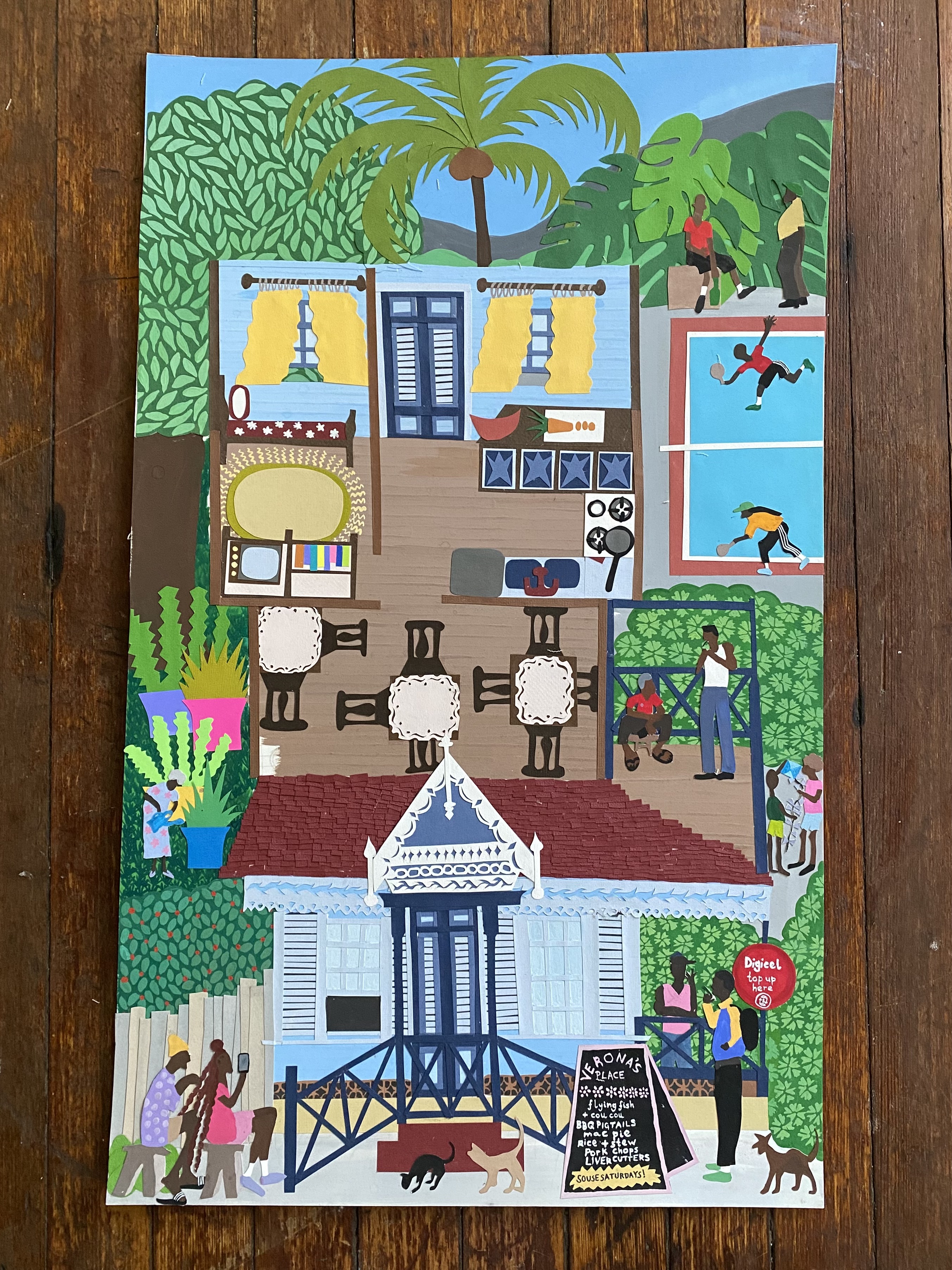Sowing the Seeds of an Invisible Presence



The term counter-plantation allowed for a revision of the enslaved and freed laborers who lived under the brutal regimes of enslavement and emancipation. This unlocked possibilities of how to build a community with methods that were contradictory to the cruelty and excessive production of the plantation. Although the persons living and working on plantations were subject to strict discipline, the plantation allowed for forms of agency, no matter how minor. The race and class inferiority of black workers within the social order of the plantation fostered the structure and growth of a system of social relations and a belief that places emphasis on unity, equality, and a positive outlook on the multiple cultural forms. Displacement of the West African slaves in the 17th century resulted in alternate notions of community, kinship and domesticity in Barbados.

Maps of Barbados (1671-1960)


Traditional Barbadian Chattel House
The Barbadian landscape was radically altered in terms of human and agricultural migration, transplantation, and settlement by the British sailors who colonized the island in 1627. The economic purpose of settlement dominated, and with the arrival of sugar as the main plantation cash crop, the link between people and place became solely an economic one.
In no time at all, Barbados became a total plantation as the entire island was used for agricultural and plantation economy. The island was mapped, deforested, organized, divided, and under surveillance with the goal of producing as much profit from the soil regardless of the human and environmental costs. In the post-emancipation period, the visible structures of racial segregation in Barbados were so pervasive and prevalent, for such an extended period of time, that they appeared normal. Former slaves sold their labor for small plots of land to build their homes on. They had no security of tenure and remained at the pleasure of the plantation owner. If the owner no longer needed them, it was necessary for workers to dismantle and move their homes to another plantation. Thus evolved a moveable housing system, known as, the Chattel House.

Chattel House Evolution
The chattel house is the architecture of the Barbadian people, which originated out of necessity, and evolved to suit the tropical climate, growing families, locally available materials, and social influences of the Barbadian society.
Barbadian people created new possibilities when faced with negation. Through the chattel house, counter-plantations were birthed on an island that was plagued by the plantation economy.








